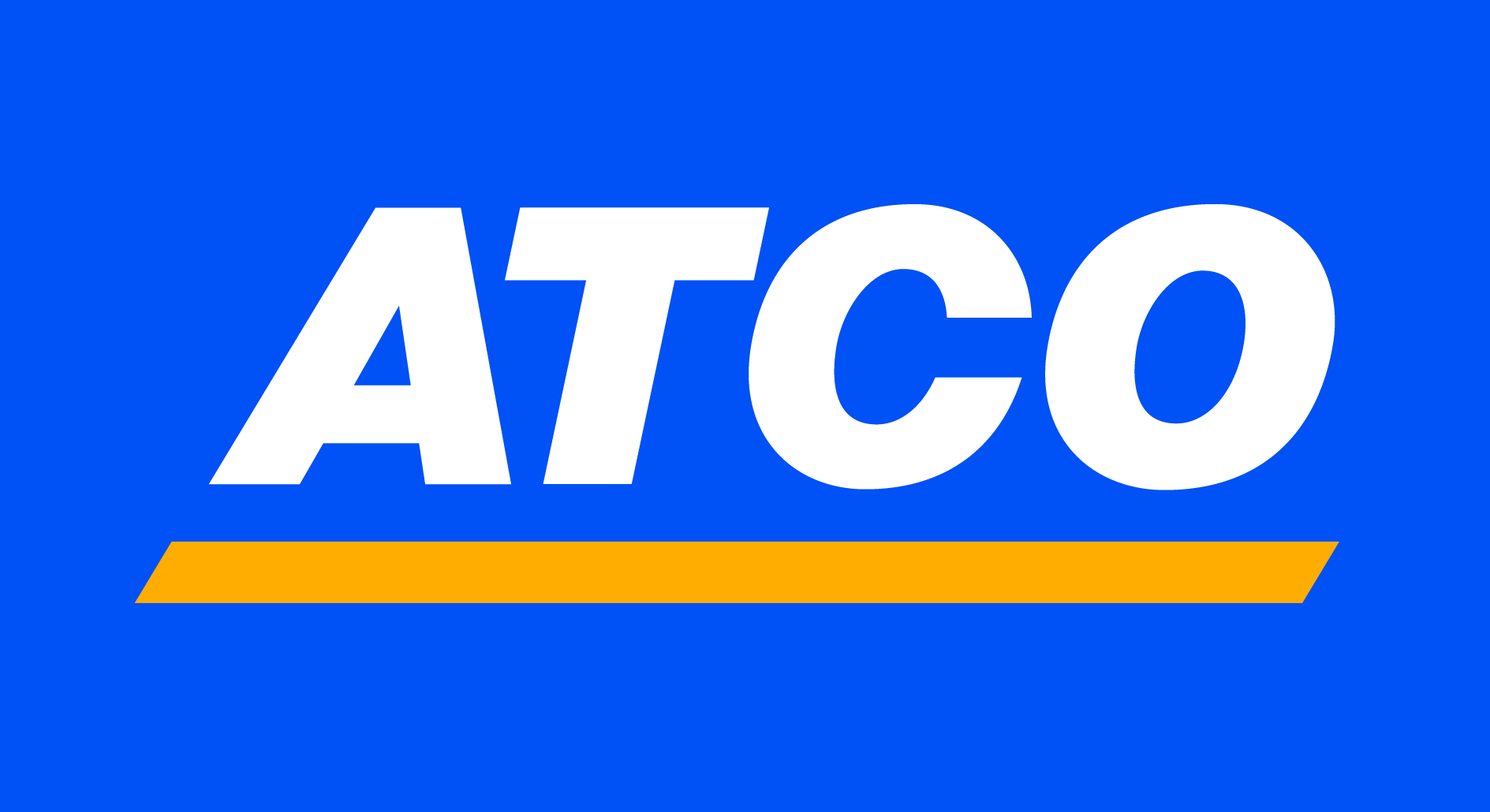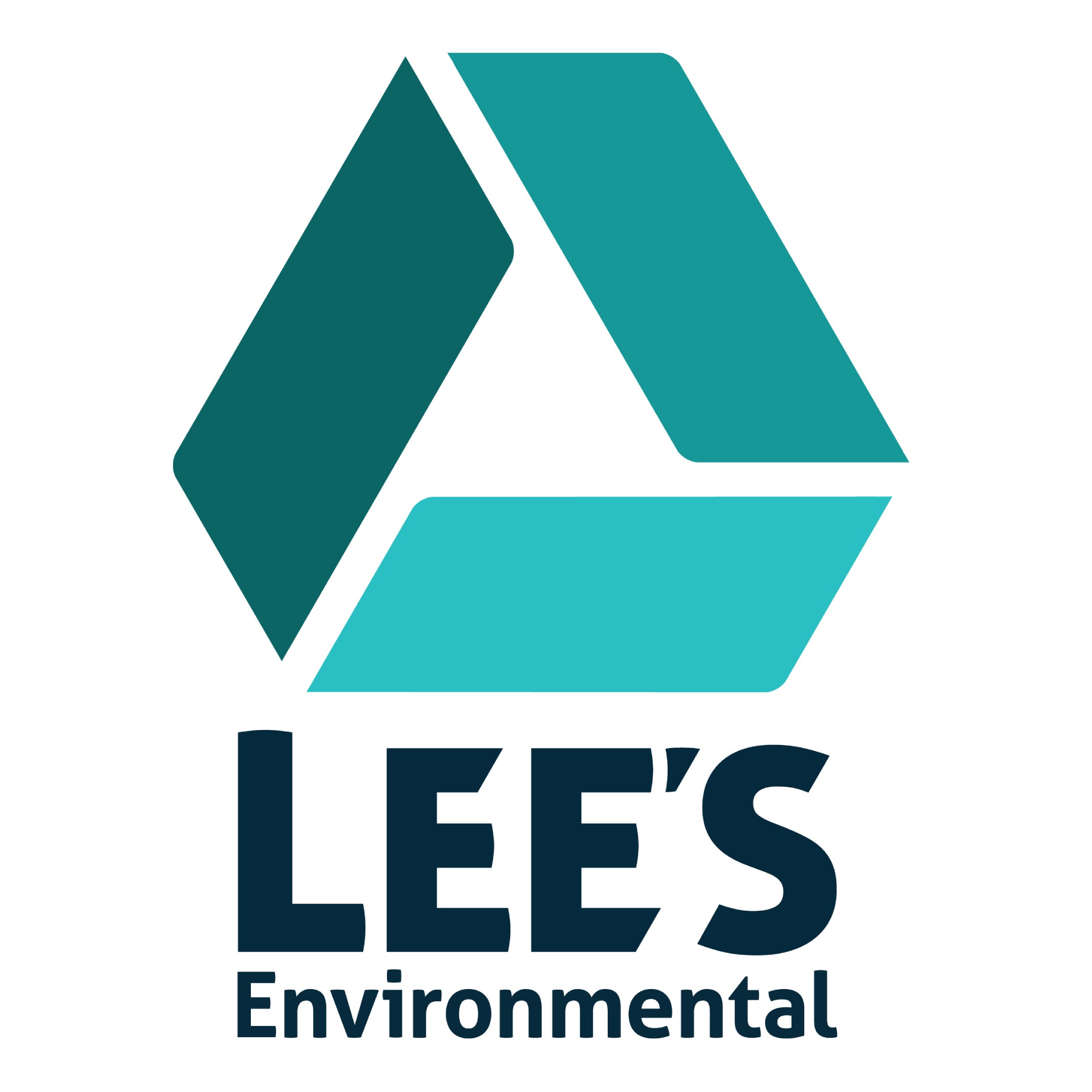Energy and Jobs Plan: Premier's 2022 State of the State address
Premier Annastacia Palaszczuk unveiled the state government's new 10-year energy plan in her CEDA State of the State address.
Published Wednesday, 28 September, 2022 at 03:29 PM
Premier and Minister for the Olympics
The Honourable Annastacia Palaszczuk
We all know that we are in an unprecedented time. I understand, and you understand, that we are facing a climate emergency. We are facing a period that’s extraordinary in all of our lifetimes.
We are confronted with a world where, in just the past century, temperatures across the globe have increased by over 1 degrees Celsius – that is since the beginning of the industrial age.
We are presented with a critical situation in which sea levels across the world are now rising at the fastest rate in over 2,500 years.
On one island in particular, homes are by necessity being put on stilts four metres above the ground. Two seawalls have had to be constructed.
Additionally, another seawall is under construction and 3 more are under development to keep the ocean from washing entire communities away.
You may think that sounds like Tuvalu, or Vanuatu or a remote island in the Pacific Ocean. In fact, this scenario is playing out – right now – in Queensland.
It is happening in the Torres Strait where 15 islands are vulnerable to rising sea levels and climate change.
Our Cabinet recently met on the Thursday Island and traditional owners and elders have shown me photos of ancestral graves on nearby islands are being washed away.
The homes of Queenslanders are being impacted right now. I acknowledge our Torres Strait Island and First Nations Peoples with us here today including Mayor Mosby and Aunty Rose Elu.
Along with rising sea levels, Queenslanders are witnessing record rain bombs and bushfires impacting our rainforests.
Since 2011 Queensland has experienced 98 natural disasters. Think about that for a moment. Almost 100 natural disasters. In only a little more than a decade.
Climate change is real. Its impacts are real. Its effect on the future of Queensland now and into the future are real.
But we need to do more – much, much more – than understand the effects of climate change. We need to do much more than talk about it.
We need to act and we need to act in a revolutionary way.
Our action needs to be unprecedented, it needs to be sweeping. And we need to be more than innovative – we need to be world-leading.
Queenslanders themselves are doing their bit and taking action:
Over 700,000 homes and small businesses now have rooftop solar creating three coal power stations worth of power.
The rate of recycling is up from 35 per cent seven years ago to over 55 per cent; and
More Queenslanders are taking up electric vehicles with over 10,000 registered
Our government has already undertaken an enormous amount of work to address climate change and steer Queensland toward our renewables future.
We have taken renewable energy from 7 per cent to more than 20 per cent with $11 billion of investment operational, under construction or committed in 50 new large-scale renewable projects - wind and solar farms.
That supports 7,900 construction jobs and helps Queensland avoid 13.8 million tonnes of emissions a year. Now we will take a significant step to tackle climate change head on.
And I am here today to tell you how significant this step will be.
I want Queensland to lead the nation and to be a world-leader.
Today I will explain to you how our government will steer Queensland for not only the foreseeable future but through decades to come.
Today I am launching the Queensland Energy and Jobs Plan. A plan founded on expert advice, science and evidence-based policy.
The most ambitious energy and jobs plan of any government in Australia.
It’s aim is to shape Queensland as a serious, dedicated energy superpower.
It’s aim is to see Queensland lead the globe.
QUEENSLAND POWERING THE NATION:
The Queensland Energy and Jobs Plan comes at a critical time for the future of our nation.
The east coast of Australia is facing energy shortages.
From a failure to bring energy policy to the table on a national scale.
And from privatisation of power assets in the southern States.
I want to recognise the key role the late Peter Simpson played in keeping our energy assets in public hands. I wish he could be here today.
Because of that campaign Queensland now has a key advantage in executing this plan.
Because Queenslanders have strategic control of our energy assets.
The Queensland Energy and Jobs Plan released today represents $62 billion of investment in the energy system right up to 2035.
That’s between the public and private sectors.
Today a new down payment of $4 billion is committed by our government over the next four years.
Building on the $2 billion committed over the last two years.
A $6 billion investment in our energy future.
SUPPLYING THE WORLD:
We must invest now.
Not just for our climate.
We must address this issue at the same time we focus on new job opportunities to bring everyone along with the clean energy industrial revolution at our doorstep.
Those are jobs supplying renewable hydrogen, critical minerals and renewable technologies for the world. The International Energy Agency estimates that the value of clean energy will exceed oil by 2030.
The race is now on to secure clean energy supply chains.
In Queensland we have:
The renewable resources above the ground
Combined with the critical minerals below the ground to be a renewable energy superpower.
As the Sunshine State we have the solar power at our finger tips.
We also have the unique geography provided by the Great Dividing Range.
That provides us with world class wind resources and sites to build large pumped hydro storage to use water and gravity as a battery for renewables.
Most importantly we have our regions built to support the second industrial revolution.
Regions that can now stand at the centre of a new wave of investment for the clean energy industrial revolution.
But – crucially - opportunity is nothing without a plan.
Throughout Queensland’s history we have created our success by building our regions.
We have created success by moving first - out ahead of the world.
It takes government investment to make this happen.
Last century the government’s primary focus was investment in the rail lines and roads to move our resources.
Over the next hundred years Queensland’s competitiveness will be on an entirely different focus – relying on harnessing, moving and storing renewable energy.
To put that in the language of sport this isn’t a sprint - or even a marathon - it’s a triathlon.
It’s a race over three legs - except all are happening at once.
To build the lines to move renewable energy to power Queensland jobs and households;
To accelerate the building of solar and wind farms; and
To accelerate the building of renewable energy storage.
SUPER GRID:
What do Denmark, Ireland, the United Kingdom and North Queensland have in common?
They are all in the top five for variable renewable energy.
North Queensland comes in second at 74 per cent behind Denmark.
By building a transmission super grid we can export North Queensland’s sunshine and wind energy to power more jobs and households.
We can connect renewable storage with our established regional centres.
If our Bruce Highway is our backbone, the super grid will be our artery of the clean energy industrial revolution.
The super grid brings together all of the elements in the electricity system with the poles and wires that provide Queenslanders with clean, reliable and affordable power for generations.
That super grid delivers around 1,500 kilometres of transmission lines from Brisbane up to North Queensland and out west to Hughenden.
These 500 kilovolt transmission lines will be the largest constructed in Queensland’s history, carrying the energy to power new manufacturing jobs across our regions.
And we are continuing with our commitment to back CopperString to connect to the North West Minerals Province - driving more jobs in Mount Isa and Townsville.
The super grid will open up new renewable energy zones across Queensland and support the decarbonisation of metals processing in Central Queensland
It comes with $11 billion of investment in total to 2035.
It starts next week with the Kaban Wind Farm being energized - part of the Far North Queensland Renewable Energy Zone.
The super grid and renewable energy zones are built by Queenslanders, owned by Queenslanders with returns coming back to Queenslanders.
GENERATION:
These investments in the super grid will support 22 gigawatts of new wind and solar power.
That means Queensland will have the largest capacity for renewable energy in the nation.
With eight times more renewables by 2035.
It means between 2,000 and 3,000 more wind turbines and 36 million solar panels.
Today I can announce my government will invest another $2.5 billion to top up the $2 billion Queensland Renewable Energy and Hydrogen Jobs Fund.
That’s now $4.5 billion for Queensland Renewable Energy and Hydrogen Jobs.
To maintain majority ownership our government will deliver the majority of new power generation.
This is just the beginning of this investment supporting over 1,000 jobs - all starting over the next two years. And there’s many more to come.
New investments from the fund include:
The Tarong West wind farm I announced on Monday;
The Banana Range Wind Farm near Biloela and the Boulder Creek Wind Farm near Mount Morgan;
A new battery at Swanbank power station; and
A new hydrogen-ready gas peaking power station at Kogan Creek.
This project will provide power initially from gas blended with hydrogen with the future ability to use 100 per cent renewable hydrogen.
In total there will be demand for 3 gigawatts of firming from gas or renewable hydrogen over the period to 2035.
Further system strength for the energy system will come from hydrogen electrolysers built for the export industry.
There will also be another 3 gigawatts of grid-scale storage needed from batteries, with households and businesses expected to install a further 6 gigawatts of batteries.
To support battery storage, the energy and jobs plan commits $500 million for a procurement pipeline.
That includes new flow battery technologies that can be made in Queensland with locally sourced minerals.
Alongside these investments the private sector will have over $17 billion of investment opportunities for new wind and solar farms.
PUMPED HYDRO:
We can’t reach net zero without storing renewable energy to make it reliable.
Put simply the sun sets and the wind dies down.
And with climate change there will be more unseasonal rain and other weather events that impact on the reliability of renewables.
These events can last for days - current battery technologies can’t at scale.
That’s why more pumped hydro energy storage is needed.
It is a technology confirmed by the CSIRO’s analysis as a lower cost than gas and nuclear.
The concept dates back to ancient Rome - to capture the energy from water flowing downwards.
Of course, today there’s a bit more to it.
Using solar and wind energy to power a pump moving water uphill from a lower to an upper reservoir.
That water is then released flowing back downhill through underground pipes to drive turbines creating electricity when it is needed.
The first will be the Borumba Pumped Hydro located west of Gympie with a target to complete the project by 2030.
It will deliver 2 gigawatts of 24-hour storage.
Or for the majority of us who don’t talk in gigawatts, stored renewable power for around two million homes.
Today I am also announcing the second preferred pumped hydro site 70 kilometres west of Mackay for renewable energy storage.
It will formally be known as the Pioneer-Burdekin pumped hydro project.
I prefer to call it the battery of the north.
It will be the largest pumped hydro energy storage in the world, with 5 gigawatts of 24-hour storage and the potential for stage 1 to be completed by 2032.
I would like you to picture that these combined projects would position Queensland’s hydro storage as a percentage energy use above Europe, China or the US.
These are projects of national significance on a scale not seen since the construction of Snowy Hydro.
Bigger than Snowy Hydro.
JOBS:
These two projects will support around 4,000 construction jobs a year over a decade.
But that’s only a fraction of the jobs.
Each megawatt of pumped hydro energy storage unlocks investment in another three megawatts of wind and solar generation.
That’s because more renewable energy is needed to pump water up hill during the day storing renewable power for when it’s needed.
Supporting around 21 gigawatts of renewables - or more than 150 new wind and solar farms.
This major investment will massively lift our competitiveness for global investment in the broader economy.
It's not just about supplying renewable energy but also about supplying affordable and secure energy for local manufacturing jobs.
Pumped hydro won’t just move water to power Queensland - it provides the reliable renewable power to move markets to Queensland.
To set Queensland on a pathway for growth.
A pathway for more jobs in more industries across our regional centres.
There is a long way to go but today marks the beginning.
Both sites will be subject to rigorous environmental assessments and we will work together with local governments and landholders.
There will be no inundation of national park for the Pioneer-Burdekin Hydro.
All impacted forest areas for the Borumba hydro will be offset.
And there will be further proposals for pumped hydro storage from the private sector.
RENEWABLE ENERGY TARGETS:
Our investment triathlon in the super grid, wind and solar farms and renewable storage now means we can set new renewable energy targets for Queensland.
Today I can confirm that we will dramatically increase our targets.
Our new targets will be 70 per cent renewable energy by 2032 and 80 per cent by 2035.
These targets will be legislated.
The plan I outline today will deliver:
A 50 per cent reduction in electricity sector emissions on 2005 levels by 2030; and
A 90 per cent reduction in electricity emissions by 2035-36.
Unlike the targets in other states and territories these targets are backed by a comprehensive plan.
With the infrastructure projects to store and transport reliable renewable energy.
ENERGY SECURITY AND CLEAN ENERGY HUBS:
As Queensland expands additional renewable power and storage, existing coal-fired power stations will progressively become clean energy hubs from 2027.
Infrastructure at the clean energy hubs will include:
Continuing to use the large spinning turbines at the power stations to provide strength for the energy system to take more renewables;
Grid scale batteries;
Gas and then later hydrogen power stations; and
Maintenance hubs for nearby government owned renewable wind and solar farms.
That means that these energy hubs will continue to contribute to regional economies.
It means we are providing workers with opportunities to stay in their communities.
These sites will continue to be critical to the future just with different fuels - the sun, wind and hydrogen.
This will be done in a measured way - we won’t convert coal power stations until there is replacement firmed generation.
In 2027 there will be:
A new gas to hydrogen power station at Kogan Creek
Additional battery storage; and
More wind and solar generation.
This will provide enough power to start a shift to seasonal operation.
A quarter of generation units will then be converted when Borumba pumped hydro comes online expected in 2030.
By 2032 when stage one of the Battery of the North is expected to come online, we will be at 70 per cent renewable energy.
By 2035 Queensland when stage two comes online we will have no regular reliance on coal and be at 80 per cent renewable energy.
That’s because we will have more pumped hydro energy storage than the rest of Australia combined.
More than Europe, China or the US as a share of demand and the world’s largest hydro energy storage.
We will keep our coal fired power stations as back up capacity until replacement pumped hydro energy storage is operational.
Every two years from 2025 a Queensland Energy System Advisory Board will provide advice on energy security to ensure reliability.
We will be able to turn the stations back on if something goes wrong.
The board will provide a safeguard to ensure that energy security and affordability is delivered.
This will continue to provide Queensland with the most secure renewable power system in the world.
And we are able to do this because we have public ownership of our energy assets.
JOBS GUARANTEE AND TRAINING:
There’s nothing new in saying that every coal fired power station is reaching the end of its asset life over the next thirty years.
What is new is an Energy Workers Charter and Jobs Security Guarantee.
That ensures workers will have the opportunity to continue careers with publicly owned energy businesses or elsewhere in the public sector.
This Energy Workers Charter is world leading and an Australian first.
I want to recognise the advocacy of unions led by the Electrical Trades Union and the Mining and Energy Union on landing this charter and jobs guarantee.
We will sign this charter following this address today.
The Jobs Security Guarantee will be backed by a $150 million funding commitment.
The guarantee will support workers with access to reskilling, transfer to new opportunities and advice on future career pathways.
Future employment pathways for coal power station workers include:
Work on the new super grid including for electricians and line workers;
Jobs in maintenance hubs for renewables including for technicians;
Jobs building and deploying flow battery technologies;
Positions in new gas to hydrogen power stations; and
Supporting the expansion of renewables including in CleanCo.
Under the Energy and Jobs Plan - there will be more job opportunities.
Our government will ensure that workers have access to training and the opportunity to follow new pathways.
TRANSMISSION AND TRAINING HUBS:
To build the super grid we are going to need thousands of new workers.
That’s why we are building transmission and training hubs in Gladstone and Townsville that will support 570 workers each year.
That means more opportunities for local kids to develop skills locally and stay in their communities.
AN ECONOMIC FUTURE FOR EVERY REGION:
Our government will not leave workers behind, nor will we leave regional communities behind.
That’s why we will back local communities with a $200 million down payment to the Regional Economic Futures Fund.
This fund will support work with local communities to develop regional economic futures strategies for regions where existing coal plants are located … including in Biloela, Kingaroy, Rockhampton, Gladstone and on the Darling Downs.
In taking these steps we will involve our communities.
So we will sit down and work with these communities to build a stronger future - supported by the Federal Government my Cabinet will work with local Mayors on their priorities for each region.
We will work to identify land for new manufacturing, agricultural and other economic opportunities.
To further support local communities and workers, we will deliver a procurement policy and best practice industry conditions.
We will now have the investment certainty to:
Fabricate transmission towers in Queensland
Build components for wind turbines; and
Recycle and manufacture batteries.
I welcome investors in this room to join this conversation on how we can strengthen regional economies around the clean energy hubs.
JOBS FOR THE REGIONS AND A PATHWAY FOR GROWTH:
The Queensland Energy and Jobs Plan delivers the economic infrastructure that will set up our regions for future generations.
It does that by supplying reliable affordable and renewable energy.
This is far more than just an energy plan with 95 per cent of investment in the regions
It is a plan that maps out the critical economic futures of our regions.
It's a plan with the power to move markets and make Queensland the place to invest during the clean energy industrial revolution.
It creates new internationally competitive manufacturing precincts in:
Cairns
Townsville
Mackay
Rockhampton
Gladstone
Bundaberg
Maryborough; and
Toowoomba.
I want to see more jobs in more industries across every region in Queensland providing the dignity of work building a better future for our state, our country and our planet.
Modelling by Ernst & Young estimates that the Queensland Energy and Jobs Plan will support nearly 100,000 more jobs.
And crucially over 70 per cent of all direct jobs will be in regional Queensland.
The modelling estimates that the plan will deliver average wholesale electricity prices of $56 a megawatt hour over the next decade.
That makes our energy costs globally competitive even before accounting for the premium markets pay for renewable energy.
In total Queensland’s economy is expected to grow by an additional $25.7 billion from:
Lower prices
Green premiums
Earlier access to renewables; and
Growth in clean energy industries including metals processing, critical minerals, green hydrogen and battery manufacturing.
HOUSEHOLDS:
I totally understand that Queensland families are struggling with the cost of living - this plan will also benefit households.
Independent modelling confirms bills will be lower than without a plan.
And right now, we are taking $175 off household power bills through a cost of living rebate.
To continue to support households to take up solar more network batteries will be built to store solar energy for evening peak periods.
The plan will further support Queenslanders to access electric vehicles with $42 million for more electric vehicle charging infrastructure.
This builds on our nation leading electric vehicle superhighway of charging stations.
CONCLUSION:
The Queensland Energy and Jobs Plan is not just nation leading.
It is world leading and positions Queensland on the global stage.
It comes at the perfect time for the first climate positive Olympic Games in 2032, making Queensland the topic of conversation in boardrooms along side Paris and Los Angeles.
To make all of this happen it will take a collective effort and Queenslanders working together:
With the business community investing in more solar and wind farms because government can’t do it all;
Regional communities coming together with local expertise and ideas on how we can work together to build an even stronger economic future;
With unions to support workers to upskill and find new pathways; and
With Queensland households continuing to support clean energy.
Today is about more than merely recognising climate change and its effects.
It’s about more than talking about it.
It’s about more than setting targets without the vital infrastructure and innovation to meet those targets.
Today is about being bold with an energy and jobs plan that has tangible aims and palpable outcomes.
It’s about changing the game.
Action on climate change.
Action on our economy.
Action we can all take part in.
And action we can all be proud of.
Queensland, it’s our time to shine.














.jpg)












